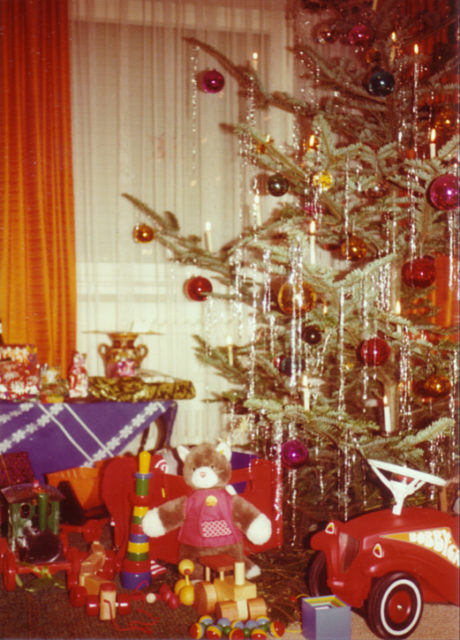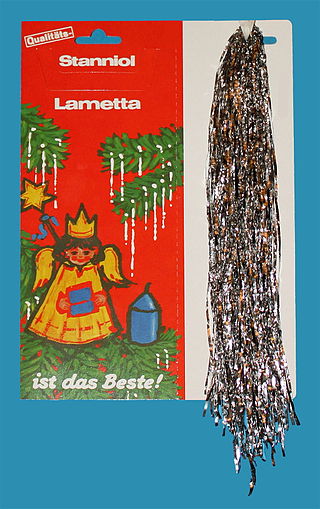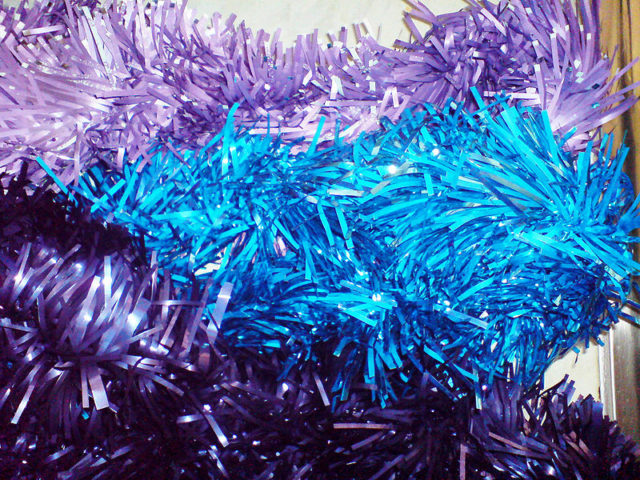Germans invented tinsel around 1610
Each Christmas season we decorate our homes and Christmas trees with tons of tinsel. Glittering and ravishing tinsel adds to the color, the overall ambient, and the life to our favorite winter holiday season but little do we wonder about how tinsel became so popular and a widely used Christmas decoration around the world.
Tinsel was first invented by the Germans, in the city of Nuremberg, around 1610. Originally, tinsel was made from shredded silver, but as Christmas candles dimmed the silver very quickly, tinsel producers looked for other shining metals which would serve as a better substitute to silver.

Nevertheless, the first usage of tinsel was not to decorate Christmas trees but to decorate real sculptures. Using tinsel for Christmas trees came out much later, during the 19-th century. Until then, tinsel had a couple of other uses.
Back in the day, tinsel symbolically represented the starry sky over the Nativity scene. The Nativity scene gained much popularity after the 16-th century as the church started to display artistic and even life-size representations of the scene at public spaces. This is ongoing even today.
The famous scene depicts the birth of Jesus and has a rich tradition overall in history as numerous paintings and drawings represent and revolve around this scene.
Static and even live Nativity scenes would embrace various objects to re-create the scene physically, and tinsel was the key material to represent the starry sky over.

Tinsel was also used for garlands, a decoration which was formerly made of flowers or leaves, but tinsel came up as a substitute for it as well. Later, people started using tinsel to decorate their Christmas trees, thanks to the British Royal family.
The British Royal family made tinsel popular in 1846
It is estimated that tinsel’s first wide public appearance happened in 1846, in England. An illustrated portrayal of Queen Victoria and Prince Albert, standing with their children around a Christmas tree, decorated with tinsel, candles, and other ornaments, was featured at the London News and soon became really popular.
Queen Victoria was very popular and the Royal family’s Christmas tree brought tinsel to fashion around the British isles, and outside its territories as well.

Today tinsel has much changed compared to the past, but the traditions live on as strong as ever. The first variants of tinsel were heavy and very gentle as they were made out of silver. The threads would easily break and not last the season. In addition, the smoke of the Christmas candles caused the tinsel to dim and it would not associate to snow, ice, and winter any longer. Today tinsel is made of plastic and the sparkly threads keep on intensifying the Christmas spirit across our living rooms.
As far as the origin of the word “tinsel” is concerned, the Oxford Dictionary states that it originates from the old French word “estincele”, meaning sparkle.
